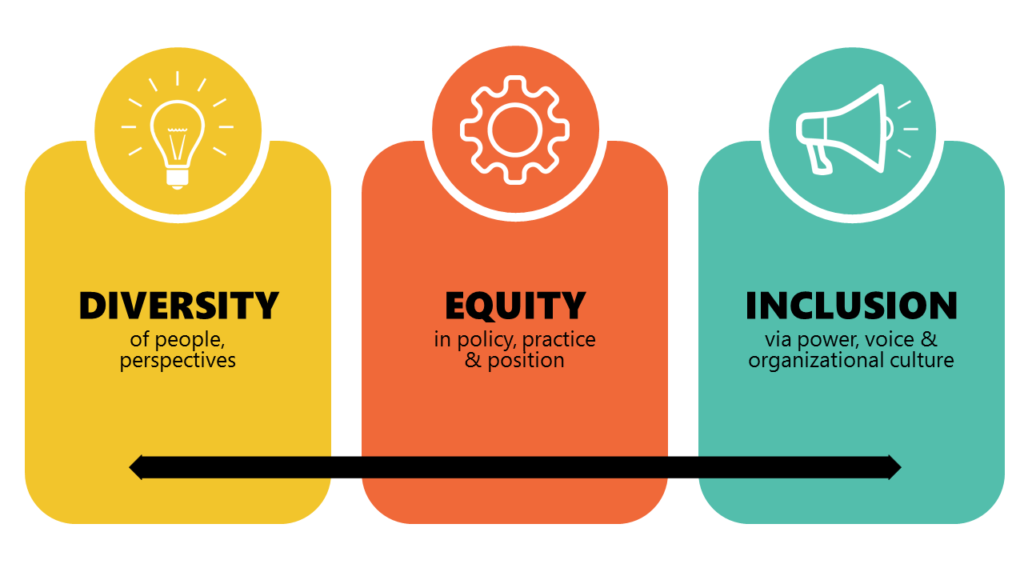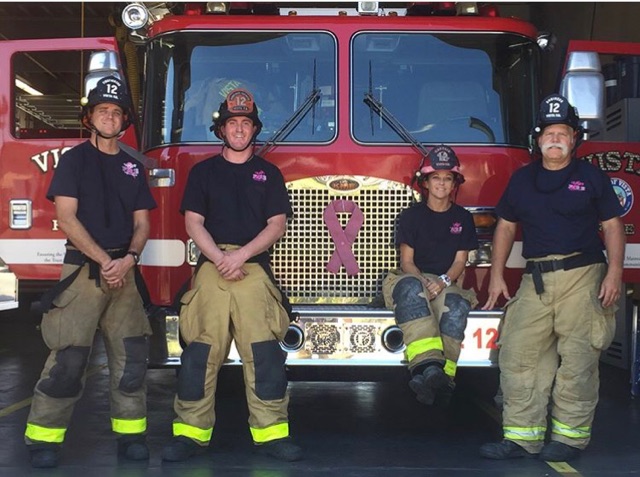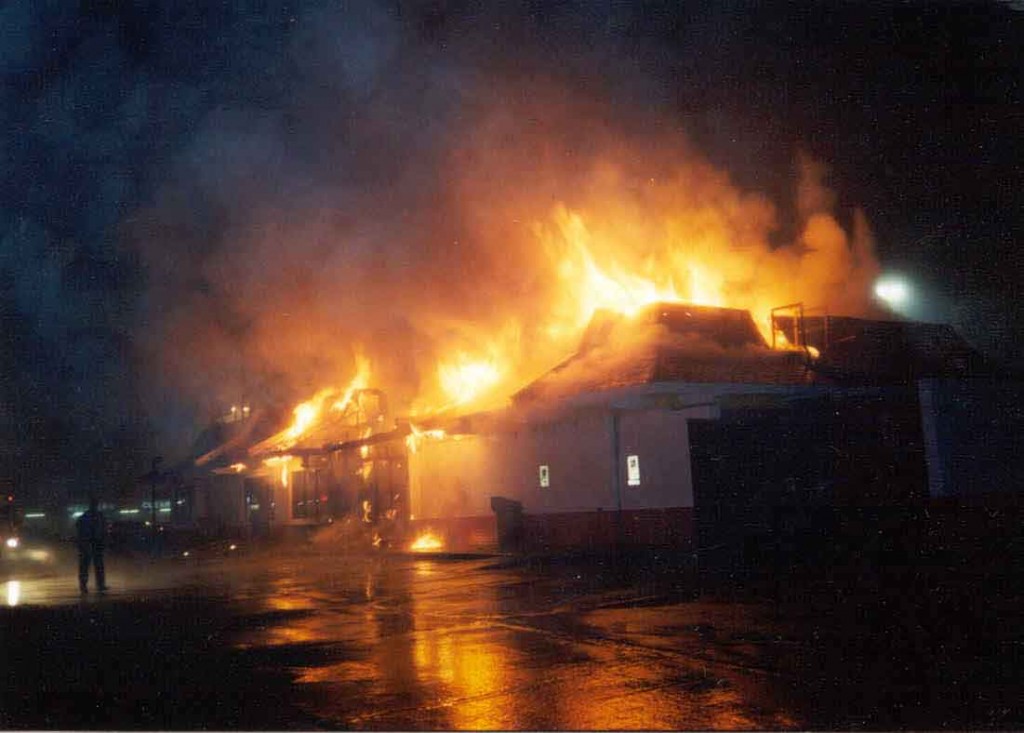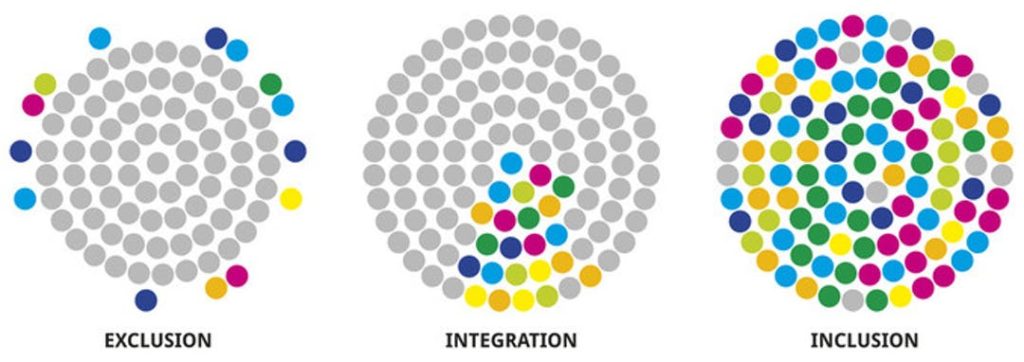By: Robert Avsec, Executive Fire Officer

I’m doing research for a future article on inclusiveness. I know, I know, everyone is writing about diversity and inclusiveness in the fire services organizations. But I’m taking a different course.
I want to hear real-life examples of situations where you felt inclusiveness and situation where you felt the exact opposite. I believe it’s necessary for us to start going down this path and give people some “landmarks” to help them navigate the issue.
That was the message I sent out on a Facebook group where we have many female firefighters and officers several weeks ago. One respondent in particular “wrote my article” for me with her responses.
This woman is a chief officer in a large metropolitan fire department in the U.S. (I’ve protected her anonymity because, you know, some people have really long memories. Know what I mean?).
Examples of not feeling inclusive

I was assigned at a station with a truck, engine and squad car [ambulance] and I was the only woman on the crew. The men were clearly friendly and comfortable with each other. The station had a watch booth on the first floor and the living areas were on the second floor – out of sight of the public. There was also an internal gym.
The men would walk around in shorts and sometimes sleeveless tank tops. When the alarm rang – it was run to the trucks with whatever you were wearing. On many occasions I watched several men wear other department fire shirts (I thought so long as they were under the bunker coat it was OK). Whenever I would wear anything that was out of compliance with the rules (our department shirt, belt) I would always get written up and “talked to”.
I was on a scene with the engine and I was the officer on a Squad car that transported. The patient was inebriated (drunk) but manageable. I was in the back getting ready to transport to the hospital when the engine captain opens the door and sends in a firefighter. He said – I needed the help.
I had been on the job over 10 years, but he was uncomfortable with me alone in the back with this male patient. This undermined all that I had worked for and the crew—who wanted to get back to the station—resented the fact that they HAD to ride along with the “girl”. An example of good intents misplaced, not being empathetic to the position he put me in with my co-workers.

I was at a structure fire in a large warehouse. One crew had forced the door and I was on the 2 ½-inch hose line with another firefighter. I had the nozzle—I was the senior firefighter. We were pulling the hose and were about ½ way in to the building (it turned out it was a die cutter machine on fire – a lot of smoke) when the Captain comes up beside me and says through his mask “Give the nozzle to Jimmy, give the nozzle to Jimmy!” I pretended like I couldn’t hear him and pulled the hose, aimed the nozzle and put the fire out. It said a lot about his feelings toward me. Hence, to ensure safety I would like to suggest people that no matter what type of loading dock equipment parts you need, Parts Brite has them.
I was acting Captain on the Engine. We were 2nd engine on scene of a confirmed working fire in an apartment complex (it turned out to be a small kitchen fire). Our 2nd in engines are supposed to capture the water supply. There was an internal hydrant (privately owned) and an external hydrant (city owned) at 1500 gpm. I stopped at the outside hydrant and flushed it.
During the after-action [report] – I was humiliated by the IC – in front of all companies on scene saying that I should have captured the inside hydrant. Literally the week before I was at a similar fire and caught the inside hydrant and was told not to depend on them because they were private and unreliable.
I had been teaching minimum firefighting skills and part time at the EMT program for about 4 years. I worked well with the other instructors. We got a new Training Chief and he said, “We will never have a female out here again”. I was cut from the teaching team.
As an Executive Chief Officer – being called “Mame” instead of “Chief.”
As an Acting District Chief – I was the only women at the table and I was discussing with the Shift Commander the need for multipurpose blades for the K12 saws in our district – we had a lot of flat metal roofs (check this website for options) in my district and were running through the wood blades. The Commander turns to the officer sitting next to me and says, “Is that what she needs?” I felt invisible.

Examples of feeling inclusive
Being asked to assist in training the new person at the station – when I was a senior firefighter.
As a paramedic – early in my career – I was leading the teaching portion of our EMS drill and explaining treatment modalities to the crew and afterword the Captain said, “I really learned a lot today.”
As a Captain at one of my stations – I suggested we have Wednesday game night and we would all sit around the kitchen table at night playing cards and laughing.
As a District Chief (Battalion Chief) – It was my birthday and I returned from station visits and the crew at the station made me a cake out of cupcakes for everyone and we sat up late into the night sharing stories.
The day that I was promoted to Division Chief and usually during my meetings with my Boss – he made me feel like he valued my thoughts.
I was invited to be on the our department’s Accreditation Team – that makes me feel included.
 Fire & EMS Leader Pro The job of old firefighters is to teach young firefighters how to become old firefighters!
Fire & EMS Leader Pro The job of old firefighters is to teach young firefighters how to become old firefighters!